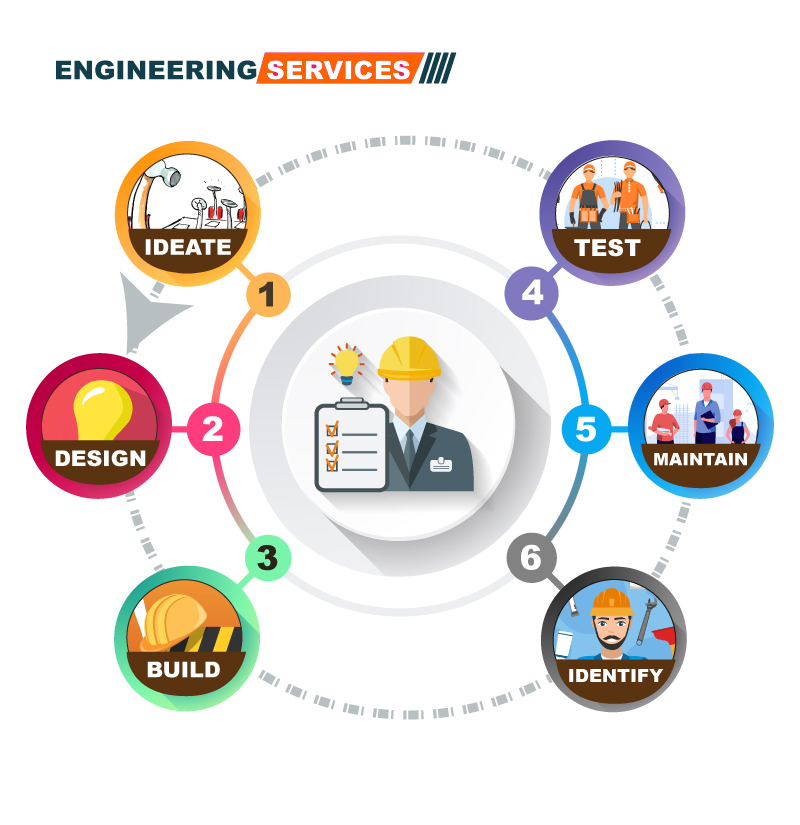Simplify Your Operations with Professional Engineering Support Services: Setting Out Engineer, Measured Structure Surveying, and Extra
Simplify Your Operations with Professional Engineering Support Services: Setting Out Engineer, Measured Structure Surveying, and Extra
Blog Article
Optimizing Land Use Planning With Comprehensive Surveying Solutions
In the realm of land usage planning, the combination of comprehensive evaluating services stands as a crucial instrument in cultivating notified sustainable and decision-making advancement practices. The optimization of land usage preparing through checking solutions is not without its obstacles, prompting the exploration of cutting-edge techniques to enhance processes and remove important insights for calculated development efforts.
Relevance of Comprehensive Surveying Solutions

Comprehensive evaluating services make it possible for coordinators to analyze the suitability of land for numerous purposes, determine possible risks or restraints, and design sustainable growth strategies - construction surveys. By integrating exact study data into land usage strategies, authorities can guarantee reliable use sources, minimize environmental effect, and advertise long-lasting financial development
Moreover, extensive checking remedies facilitate stakeholder engagement and partnership by imagining proposed land use modifications and enabling comments prior to execution. This proactive technique improves openness, promotes neighborhood count on, and eventually causes a lot more effective land usage planning outcomes. In essence, the significance of extensive evaluating remedies can not be overemphasized in the world of reliable land usage planning.
Advanced Technologies for Land Usage Preparation
Making use of cutting-edge modern technologies boosts the accuracy and effectiveness of land use preparation procedures. Advanced innovations such as Geographic Info Solution (GIS), LiDAR (Light Detection and Ranging), and remote picking up play a critical duty in contemporary land use preparation. Engineering surveys. GIS permits organizers to examine spatial data, identify patterns, and make educated choices relating to land advancement. LiDAR technology gives very precise elevation information, helping in terrain modeling and flooding danger evaluation. Remote sensing, via satellites and drones, offers thorough imagery for monitoring land adjustments and examining environmental influences.
Moreover, Structure Information Modeling (BIM) allows organizers to develop 3D versions of frameworks and facilities, facilitating better visualization and planning of land usage projects. Incorporating these advanced innovations right into land use planning processes can lead to more efficient and lasting urban growth.
Conquering Difficulties in Site Identification

Additionally, clashing rate of interests among stakeholders, such as programmers, conservationists, and regional areas, can make complex the site recognition process. To browse this difficulty, planners need to help with open interaction, partnership, and negotiation to reach agreement on the very best land use techniques that line up with the demands of all parties entailed.
Additionally, governing obstacles, zoning restrictions, and land utilize plans can also restrain the site recognition process. Coordinators need to remain updated on relevant guidelines, official site involve with regional authorities, and perform complete research to determine websites that meet all legal demands and conformity standards. By proactively attending to these challenges, land use organizers can streamline the website recognition process and pave the means for reliable land use planning campaigns.
Making Best Use Of Effectiveness With Checking Strategies
Navigating the complexities of site identification procedures efficiently lays a foundation for taking full advantage of performance via strategic checking methods in land usage preparation. By using innovative surveying devices such as drones, GIS innovation, and 3D laser scanning, land usage organizers can simplify the information collection process, resulting in even more exact website analyses and structured decision-making. These strategies make it possible for planners to gather precise topographic information, determine environmental restrictions, and examine land viability with higher rate and accuracy than standard techniques.
Additionally, integrating evaluating methods with Geographic Information Equipment (GIS) allows for the reliable analysis and visualization of spatial information, assisting in the identification weblink of optimum land use scenarios. On the whole, the calculated use of evaluating methods enhances effectiveness, accuracy, and cooperation in land use planning efforts.
Decision-Making Insights for Growth
For efficient link development, getting important understandings for decision-making is important in the world of land use preparation. Decision-making insights play a crucial function fit the future of urban and country locations, making sure sustainable development and efficient source allowance. Comprehensive evaluating services supply organizers and designers with the essential data to make educated choices that align with the long-term goals of an area.
By leveraging advanced checking strategies such as aerial surveys, GIS mapping, and 3D modeling, stakeholders can picture the prospective influence of growth projects and evaluate numerous circumstances before implementation. These understandings allow decision-makers to optimize land usage, minimize ecological threats, and enhance overall job expediency.
Furthermore, data-driven decision-making supported by evaluating services assists enhance the preparation procedure, minimize unpredictabilities, and rise stakeholder self-confidence. By including exact study information right into the decision-making process, designers can determine chances, reduce difficulties, and eventually produce sustainable land use intends that advantage both present and future generations. Finally, decision-making insights originated from extensive checking services are vital for driving effective and impactful advancement initiatives.
Conclusion
In final thought, optimizing land use preparation with comprehensive checking remedies is vital for efficient and reliable advancement. It is crucial for successful land use preparation and development tasks.
In the realm of land usage planning, the combination of comprehensive checking remedies stands as a pivotal instrument in promoting educated decision-making and sustainable growth practices. In essence, the relevance of extensive evaluating solutions can not be overstated in the world of reliable land usage planning.
By proactively attending to these difficulties, land use planners can improve the site identification procedure and lead the method for reliable land usage planning initiatives.
In general, the calculated usage of checking methods boosts performance, precision, and collaboration in land use planning initiatives.
In conclusion, enhancing land use preparation with thorough checking services is vital for reliable and reliable growth.
Report this page